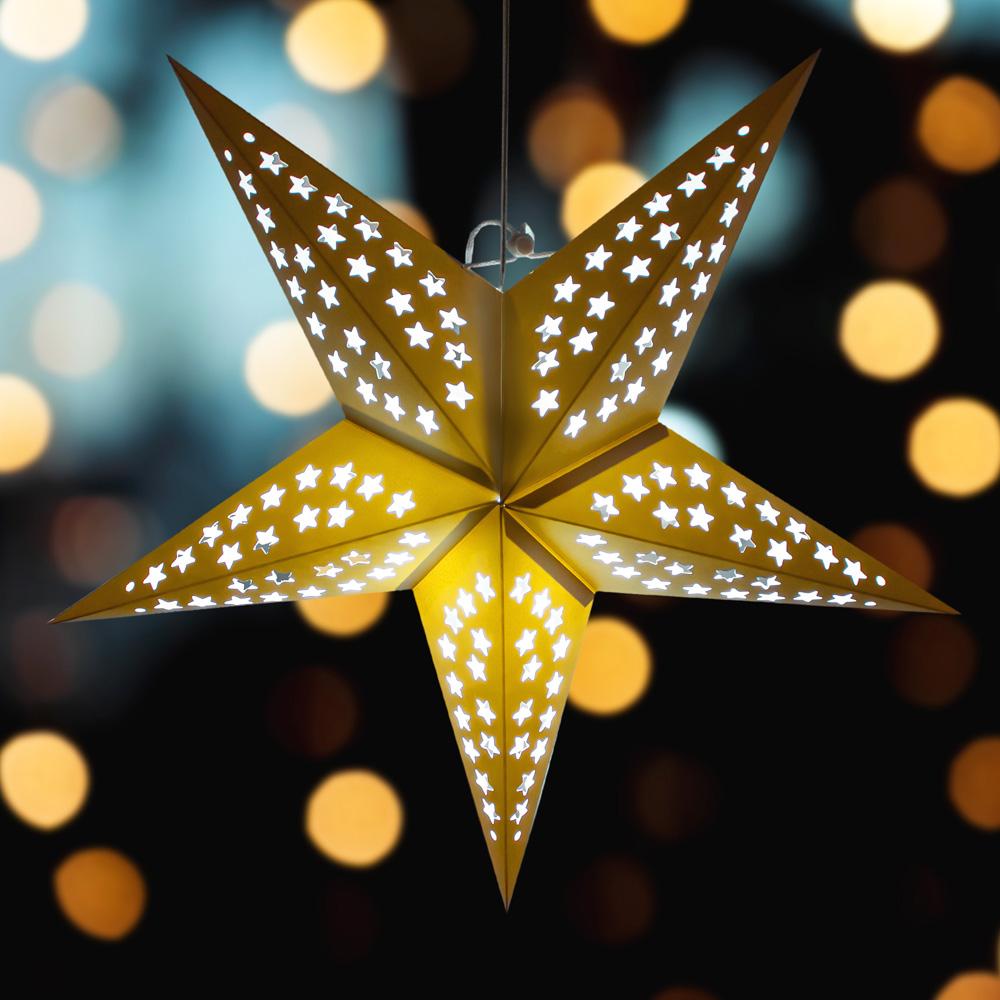Chinese paper lanterns, with their delicate beauty and cultural significance, have illuminated festivals, celebrations, and homes for centuries. These lanterns, ranging from the simplest of designs to intricate masterpieces, are not only a symbol of Chinese heritage but also a testament to the art and craftsmanship passed down through generations. This article delves into the rich history of Chinese paper lanterns, exploring their origins, evolution, and cultural impact.

Origins and Early History
The origins of Chinese paper lanterns date back to the Eastern Han Dynasty (25-220 AD). Initially, these lanterns were primarily used in Buddhist ceremonies to honor Buddha. Over time, they became a staple in various Chinese festivals, most notably the Lantern Festival, which marks the end of the Chinese New Year celebrations. The tradition of lighting lanterns is rooted in the belief that they ward off evil spirits and attract good luck.
Evolution of Design and Craftsmanship
Chinese paper lanterns have evolved significantly over the centuries. Early lanterns were made from basic materials like bamboo, paper, and silk. The frames were crafted from thin bamboo strips, and the coverings were made from paper or silk, often painted with intricate designs. As time passed, artisans began experimenting with different shapes, sizes, and decorations.
The most common types of Chinese paper lanterns include:
-
Sky Lanterns (Kongming Lanterns): Named after the military strategist Zhuge Liang, also known as Kongming, these lanterns are believed to have been used for military signaling before becoming a part of celebrations. When lit, the hot air causes the lantern to rise and float in the sky, creating a mesmerizing spectacle.
-
Hanging Lanterns: These lanterns are often seen during festivals and are used to decorate homes, temples, and public spaces. They come in various shapes, such as cylindrical, spherical, and lotus-shaped, and are adorned with calligraphy, paintings, and paper cuttings.
-
Water Lanterns: Used during the Mid-Autumn Festival and other celebrations, water lanterns are set afloat on rivers and lakes, symbolizing the release of worries and the hope for a brighter future.
Cultural Significance
Chinese paper lanterns are more than just decorative items; they are imbued with deep cultural and symbolic meanings. During the Lantern Festival, families come together to light lanterns, solve riddles, and enjoy traditional food. The lanterns symbolize unity, prosperity, and the coming together of family and friends.
In addition to the Lantern Festival, paper lanterns are also used during the Mid-Autumn Festival, weddings, and other significant events. Each type of lantern and its associated imagery carries specific meanings. For example, red lanterns symbolize good fortune and joy, while lotus-shaped lanterns represent purity and enlightenment.
Modern-Day Usage and Global Influence
In contemporary times, Chinese paper lanterns have transcended cultural boundaries and are now popular worldwide. They are used in various settings, from festive decorations to modern interior design. The timeless appeal of these lanterns lies in their ability to blend tradition with modern aesthetics.
The influence of Chinese paper lanterns can be seen in global festivals such as the Chinese Lantern Festival in Sydney, the Lantern Floating Festival in Hawaii, and the Yi Peng Lantern Festival in Thailand. These events attract thousands of visitors, showcasing the universal appeal of these luminous works of art.

Conclusion
The history of Chinese paper lanterns is a fascinating journey through time, reflecting the ingenuity and artistic spirit of the Chinese people. From their origins in ancient Buddhist rituals to their widespread popularity today, these lanterns continue to enchant and inspire people around the world. As we light a lantern and watch it float into the sky or illuminate a room, we are partaking in a tradition that has brought light, joy, and hope to countless generations.
















